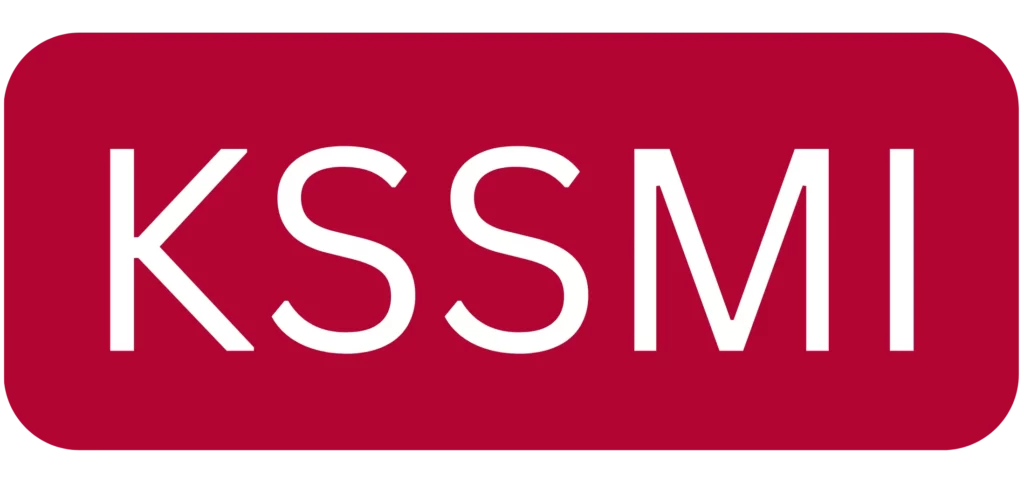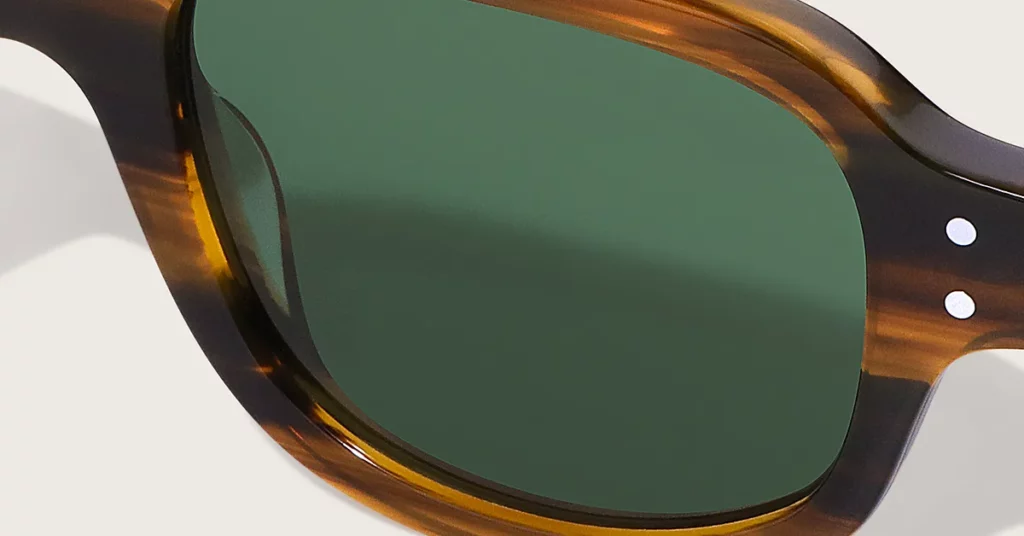The key differences between men’s and women’s frames are rooted in statistically significant anatomical variations in facial structure. Men typically have wider faces, broader nasal bridges, and a larger pupillary distance. These data points dictate the core architecture of a well-fitting frame, influencing everything from its width and temple length to the precise placement of the lenses for optical clarity.
The Scientific Basis for Frame Sizing
To design eyewear that fits perfectly, you must move beyond assumptions and ground your work in data. The comfort, fit, and optical performance of every frame are dictated by precise anatomical measurements. In a competitive market, a superior fit isn’t an advantage; it’s a baseline requirement for any premium brand.
Beyond Aesthetics: Data-Driven Design
Most Importantly: You need to understand that the principles of a great fit are universal. The design of high-stakes equipment like respiratory masks relies on precise facial measurements to ensure a life-saving seal. While a poorly fitting frame isn’t as dangerous, the principle is the same. A frame that doesn’t respect the wearer’s geometry will cause discomfort, visual distortion, and constant slipping.
Clarity Bridge: You need to understand that anthropometry is fundamentally about removing guesswork from design. This means that instead of relying on outdated stereotypes, you use statistical data about facial measurements to create a blueprint for a frame. Think of it like an architect using a survey of the land before designing a house—you need to know the landscape of the human face to build a product that fits on it perfectly.
Extensive research using 3D scanning has proven that significant differences in facial measurements exist across gender, ethnicity, and age. One study of 24 facial variables found gender was a significant factor for 19 of them. This data makes a “one-size-fits-all” frame an anatomical impossibility. Even as trends move toward unisex styles, the underlying frame architecture must account for these gender-correlated anatomical patterns to ensure a functional product.
Key Dimensions for Frame Architecture
To translate scientific principles into practical design, you must focus on three critical areas of facial geometry. These measurements have the most direct impact on the structure and fit of an acetate frame.
- Face Width (Bizygomatic Breadth): This is the distance across the cheekbones and is the most critical dimension for determining the frame’s total width. Data consistently shows that males have a greater average facial width than females. A frame that is too narrow will splay the temples outward, creating painful pressure. A frame that is too wide will feel unstable and slide down the face.
- Nasal Bridge: The bridge supports the majority of the frame’s weight. Males tend to have wider nasal bones, necessitating different bridge designs to distribute weight correctly and position the lenses properly. Remember, ethnic groups also have distinct nasal structures, requiring further design variations for a global audience.
- Mandible and Chin Height: The size of the lower jaw influences the required length and curvature of the temple arms. Males typically have a larger mandible and greater chin height, which often requires a longer temple arm to curve securely behind the ear.

The Pupillary Distance Imperative
Beyond structural fit, you must consider the most critical optical measurement: pupillary distance (PD), the distance in millimeters between the centers of the pupils.
Definition: Pupillary distance (PD) is the measurement used to align the optical center of a prescription lens with the center of your eye. Misalignment can cause eye strain, headaches, and blurred vision.
A massive body of clinical research confirms a statistically significant difference in average PD between genders. Across all populations, males have an average PD that is 2 to 3 millimeters wider than that of females.
- A 2012 US Army survey found a mean male PD of 64.0 mm versus 61.7 mm for females.
- A study of presbyopic patients found a mean male near-PD of 61.59 mm versus 59.04 mm for females.
- Studies of Filipino and Iranian populations found an average difference of 2.3 mm and 2.5 mm, respectively.
Clarity Bridge: That 2-3 mm difference might seem tiny, but in optics, it’s a huge deal. It means that a “unisex” frame built for a 63 mm PD is optically wrong for a massive part of your audience. Think of it like trying to hang two pictures at eye level for two people of different heights—if you hang them both at an average height, they will be wrong for both people, forcing one to look down and the other to look up.
This data proves that even if a frame style is unisex, the underlying sizing must be offered in variants that accommodate the distinct PD clusters of male and female populations to ensure optical integrity.
| Measurement | Typical Male Dimension | Typical Female Dimension | Average Difference | Key Design Implication |
| Pupillary Distance (PD) | ~64.0 mm | ~61.7 mm | 2-3 mm | Dictates optical center placement to avoid eye strain. |
| Face Width | Statistically wider | Statistically narrower | Varies | Determines overall frame width for stability and comfort. |
| Jaw Width | Significantly wider | Significantly narrower | Varies | Influences temple arm angle and overall frame proportion. |
| Nasal Bone Width | Significantly wider | Significantly narrower | Varies | Requires varied bridge designs for proper weight support. |
| Chin Height | Significantly greater | Significantly smaller | Varies | Affects required temple length and vertical balance. |
The Bottom Line: These are not stylistic suggestions; they are functional imperatives. Grounding your sizing strategy in this anthropometric data is the first step to creating a technically superior product that delivers genuine comfort and optical performance.
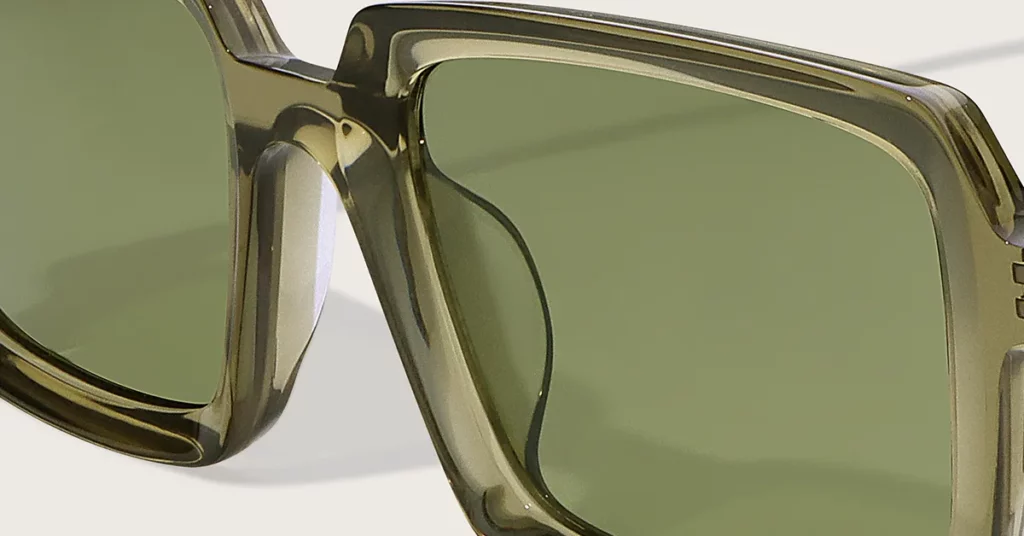
The Art and Science of Acetate Craftsmanship
Your choice of material defines your eyewear’s aesthetic, manufacturing process, and brand story. Cellulose acetate is unique because it bridges the gap between the natural and the synthetic. Understanding how it’s made is essential, as it reveals why this material is synonymous with quality, design freedom, and a premium market position.
From Pulp to Polish: The Acetate Production Cycle
Unlike petroleum-based plastics, cellulose acetate is a biopolymer derived from wood pulp and cotton fibers. This plant-based origin gives acetate its signature natural feel and makes it hypoallergenic. Transforming this raw material into a luxury frame is a time-consuming, craft-intensive process.
The journey of a handmade acetate frame involves several key stages:
- Block Creation and Curing: Raw cellulose is mixed with colors and plasticizers to form a paste, which is layered to create intricate patterns and pressed into large blocks. These blocks are then cured in kilns for weeks, sometimes even months.
- Sheet Slicing: Once cured, technicians slice thin, unique sheets from the acetate blocks, each carrying a deeply embedded color pattern.
- CNC Cutting and Forming: A Computer Numerical Control (CNC) machine precisely cuts the frame fronts and temples from the sheets. Technicians then use heat to hand-form the gentle curve of the frame front.
- Component Integration: Skilled artisans press metal wire cores into the temples for strength, embed hinges, and apply nose pads by hand.
- Tumbling and Polishing: The components are tumbled for over 36 hours in barrels with wood chips to smooth the edges. After tumbling, each frame is meticulously buffed and polished by hand to achieve its final high-luster finish.
- Final Assembly: Technicians fasten the temples, insert lenses, and perform final adjustments, ensuring every detail meets quality standards.
Clarity Bridge: You need to understand that the long curing process for acetate blocks is a non-negotiable step for quality. This extended period allows all the solvents used to make the acetate paste to fully evaporate. Think of it like letting a fine wine age—this process stabilizes the material, making it stronger, preventing warping, and ensuring the vibrant colors will never fade or leach.
This artisanal method is the polar opposite of injection molding, where melted plastic pellets are shot into a mold. While injection molding is fast and cheap for mass production, it results in a product that is lower in quality, less durable, and far less aesthetically interesting than handcrafted acetate.
| Feature | Block Acetate | Injection Molding |
| Material | Plant-based biopolymer (wood pulp, cotton) | Petroleum-based plastics (nylon, TR90) |
| Process | Artisanal, multi-stage, extensive hand-finishing | Automated, rapid, minimal hand labor |
| Cost Structure | High variable costs (skilled labor, premium material) | High fixed costs (mold creation: $2,300-$3,300+) |
| Design Potential | Unlimited, deeply embedded color & pattern | Limited to solid colors or surface-level paint |
| Quality/Aesthetics | Premium feel, high luster, superior durability | Lighter, can feel lower quality, less durable finish |
| Target Market | Premium, luxury, and designer brands | Mass-market, budget, and sport brands |
Pro Tip: Your manufacturing choice dictates your business strategy. Acetate’s lower setup costs empower you to create diverse, smaller collections and compete on design innovation, while injection molding locks you into high-volume production of a single style.
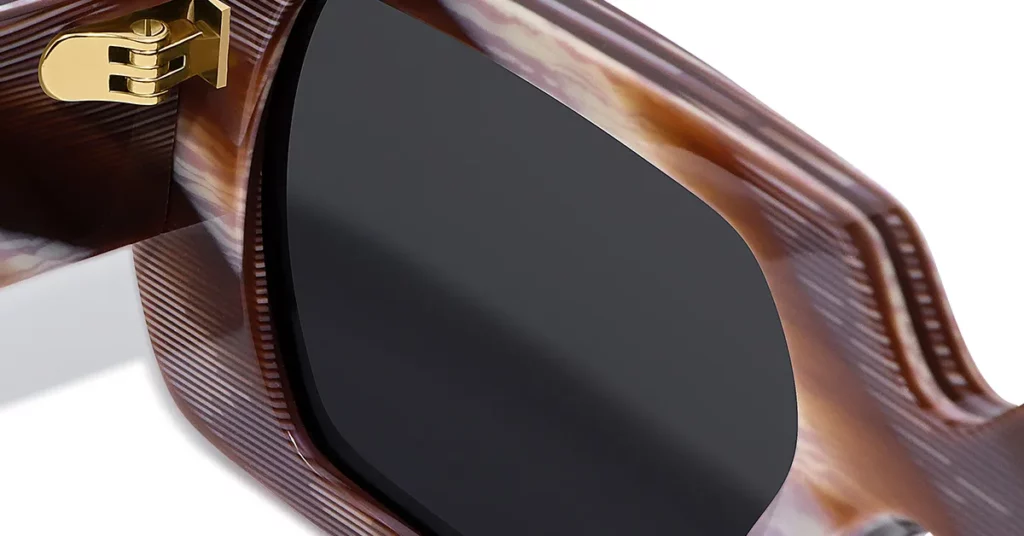
Designing with Depth: Acetate’s Unique Color
The biggest aesthetic advantage of acetate comes from its manufacturing process: unparalleled depth of color and pattern. On an injection-molded frame, color is a thin layer of paint vulnerable to chipping. In acetate, the color is the material itself.
This process allows for iconic patterns like tortoiseshell (Havana), created by layering different colored pastes before the block is cured. You can specify unique laminations and color transitions that are impossible to replicate with paint. This capability provides you with an enormous canvas for brand differentiation, allowing you to create signature patterns that are instantly recognizable and justify a premium price.
The Cost of Complexity
The premium quality of acetate eyewear comes at a cost directly tied to material, labor, and complexity. A strategic understanding of these cost drivers is essential for smart product development.
- Material Sourcing: Premium acetate from renowned Italian makers like Mazzucchelli costs more due to higher-quality raw materials and a more thorough curing process. This is an investment in product safety and durability.
- Labor Intensity: The handmade nature of acetate production means skilled labor is a major cost component. Each frame requires a consistent amount of hand-finishing, regardless of volume.
- Design Complexity: Intricate shapes require more complex CNC programming and delicate handling. Embellishments like metal inlays add significant material and labor costs.
Clarity Bridge: You need to understand the financial trade-off between acetate and injection molding. Injection molding has a massive upfront cost for the metal mold, but each individual frame is cheap to make. This means you have to sell thousands just to break even. Think of it like printing a book: setting up the printing press (the mold) is expensive, but each extra copy (the frame) is very cheap. Acetate, using CNC cutting, is like using a high-end digital printer—there’s almost no setup cost, but each copy costs more to produce.
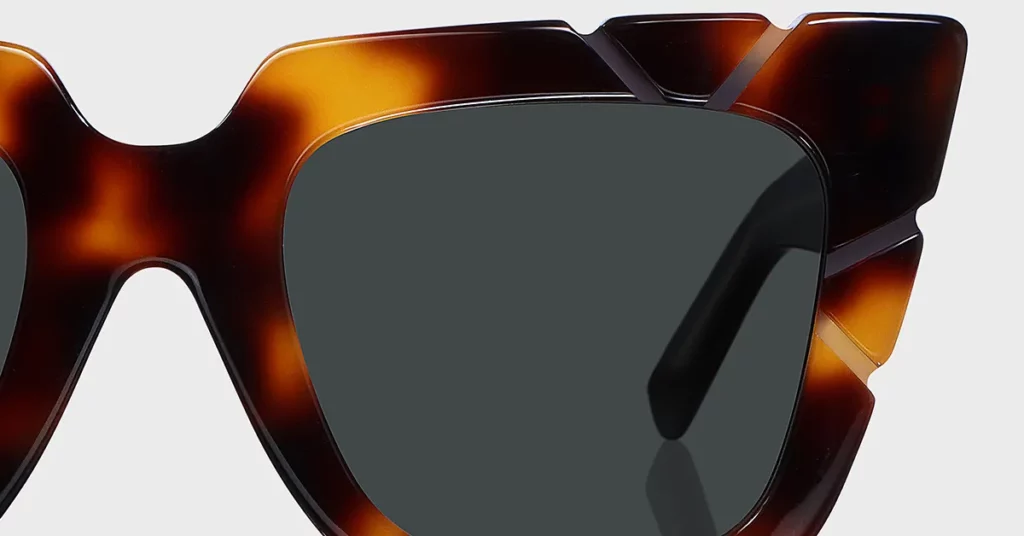
The Modern Eyewear Market
To succeed, your product must resonate with current cultural trends and consumer psychology. The global eyewear market is projected to grow at a CAGR of 8.3% to 8.6%, reaching over $323 billion by 2030. Understanding the trends shaping this market is critical for creating products that are not only well-made but also culturally relevant.
The 2025+ Trend Matrix
The current eyewear landscape is a mix of nostalgia, futurism, and conscious consumerism. To succeed, you must be aware of the dominant aesthetic and material trends shaping the market.
- Aesthetic Trends: Bold, oversized frames and a powerful retro revival drawing from the 1950s-70s are dominant. Styles like geometric aviators and cat-eyes are surging; Google Trends showed a peak in searches for “cat eye glasses frames” in May 2025. At the same time, a counter-trend of intricate minimalism, featuring thin metal and frameless styles, is also growing.
- Material and Technology Trends: Sustainability is now a mainstream demand, driving the adoption of eco-conscious materials like bio-acetates. This provides a powerful marketing story. At the same time, smart technology integration is transforming eyewear into an active digital interface, with shipments of AI-integrated smart glasses growing over 250% year-over-year in the first half of 2025.
The Bottom Line: The market has split. One segment sees eyewear as a primary fashion accessory (“Statement Makers”), while another prioritizes function and subtle elegance (“Understated Technicians”). Your brand strategy must target one group explicitly or develop distinct collections for each.
The Psychology of Frame Shapes
An eyeglass frame is a powerful tool for shaping a first impression. Positioned on the face, it sends subconscious signals about personality and competence. Different shapes evoke distinct perceptions, making your style selection a critical strategic decision.
- Rectangular/Square Frames: Strongly associated with professionalism, reliability, and intelligence. Their clean lines convey order and trustworthiness.
- Cat-Eye Frames: Evoke femininity, glamour, and confidence with a retro flair. They are a go-to for fashion-conscious consumers making a style statement.
- Round Frames: Often project a creative, quirky, or intellectual persona, suggesting an approachable and artistic personality.
- Aviator Frames: Carry strong connotations of adventure, confidence, and charisma with a timeless appeal.
| Frame Shape | Psychological Perceptions | Associated Trends | Primary Target Audience |
| Rectangle/Square | Professional, Trustworthy, Reliable, Sexy | Classic, Minimalist, Professional | Professionals, Value Seekers, Timeless Look Seekers |
| Cat-Eye | Stylish, Feminine, Confident, Flirty | Vintage Revival, Bold Fashion | Fashion-Conscious Consumers, Statement Makers |
| Round/Oval | Creative, Quirky, Intellectual, Approachable | Retro, Artistic, Minimalist | Creatives, Academics, Vintage/Minimalist Fans |
| Aviator | Confident, Adventurous, Charismatic, Timeless | Retro Revival, Performance | Tech Enthusiasts, Seekers of Classic, Confident Style |
| Rimless/Minimalist | Understated, Modern, Pragmatic, Trustworthy | Minimalism, Featherlight Tech | Professionals, Function-over-Style Consumers |
| Oversized/Geometric | Bold, Fashion-Forward, Creative, Confident | Statement-Making, Retro | Fashion Buyers, Gen Z, Style-as-Accessory Crowd |
Pro Tip: Use this psychological map to align your designs with your target audience’s identity and aspirations. A collection for young professionals should focus on sophisticated rectangular shapes, while a fashion-forward brand should invest in innovative cat-eye designs.
Decoding Consumer Behavior
To connect your designs to market demand, you must analyze the specific values driving purchase decisions. The Vision Council’s “Focused inSights 2024 Frame Trends” report provides a detailed view of the modern consumer.
- Online vs. In-Person Shoppers: Online buyers prefer frames with strong, “digitally legible” silhouettes like square, brow line, and cat-eye shapes that are easy to assess on a screen. An e-commerce brand should focus its assortment on these styles.
- Fashion-Conscious Buyers: This group is influenced by brand names and trends, preferring a diverse array of shapes including rimless, aviator, and geometric styles. They are more likely to own multiple pairs.
- Value-Driven and Fit-Focused Consumers: These buyers prioritize function and fit over fashion. They are less influenced by brand names and are often driven by the practical needs of their prescription.
- Generational Divides: Baby Boomers value quality and data. Millennials are drawn to socially conscious brands with unique stories. Gen Z values authenticity and tech-savviness. You must tailor your products and marketing to these specific drivers.

The Strategic Pivot to Unisex Design
The traditional binary of “men’s” and “women’s” frames is being challenged by societal shifts and new economic realities. The eyewear industry is pivoting toward a more fluid, inclusive, and efficient model. This is a structural evolution that requires you to re-evaluate your assumptions about design, marketing, and inventory.
Deconstructing Legacy Design Language
The historical design cues for gendered eyewear are deeply ingrained but often based on outdated stylistic conventions more than pure function.
- Traditional “Men’s” Frames: The design language centers on strength and practicality. This translates to robust, angular shapes (rectangles, squares), larger sizes, and a conservative color palette (black, brown, tortoiseshell, metallics).
- Traditional “Women’s” Frames: The design language is built on elegance and ornamentation. This means softer, curved shapes (rounds, ovals, cat-eyes), a broader color palette, and decorative embellishments like metal or crystal accents.
Common Mistake: This rigid binary fails to account for the diversity of face shapes within each gender and imposes stylistic norms that clash with modern consumers’ desire for personal expression.
The Unisex Revolution
The move toward gender-neutral eyewear is a powerful market force, driven by profound cultural shifts and practical consumer demands. Modern consumers are prioritizing personal style, comfort, and fit over adherence to gender labels. The key question is no longer “Is this for a man or woman?” but “Does this frame suit me?”
This cultural shift represents a massive economic opportunity. The global unisex eyewear market was valued at US$23.56 billion in 2024 and is projected to grow at a CAGR of 9.4% to 2030. In the U.S., the unisex segment already has the largest market share by gender, signaling its mainstream dominance.
Definition: A Stock Keeping Unit (SKU) is a unique code used to identify and track each distinct product and variant in inventory. A unisex strategy helps you reduce the total number of SKUs you need to manage.
Best Practice: Adopting a unisex strategy offers huge operational advantages. It helps you avoid the overproduction problem that plagues fast fashion, where an estimated 40% of products go unsold. By consolidating your inventory into a core unisex collection, you can reduce waste, improve forecasting accuracy, and increase profit margins.
Case Study: Warby Parker’s Path
Warby Parker’s transition to a gender-neutral strategy in January 2019 is a masterclass in authentic brand evolution. The initiative began not in a boardroom, but when two transgender employees highlighted how the website’s binary gender filters were exclusionary.
This bottom-up origin shows that an inclusive internal culture is an engine for innovation. By listening to its employees, Warby Parker identified a critical flaw in its customer experience. The brand now focuses on designing frames for a wide range of faces, shifting the customer’s focus from gender to the more relevant criteria of fit and personal style.
Case Study: The EssilorLuxottica Model
The industry titan EssilorLuxottica, which controls an estimated 60% of the U.S. market and owns over 17,500 retail locations, uses a sophisticated hybrid strategy.
- The Unisex Core: Its proprietary brands, like Ray-Ban and Oakley, form the foundation of its global reach. Iconic styles like the Aviator and Wayfarer were positioned as universally cool from the start, capturing the broad, growing mainstream market.
- The Gendered Luxury Licenses: EssilorLuxottica also holds licenses for luxury fashion houses like Chanel and Prada. These brands often release distinct men’s and women’s collections to align with their apparel lines, catering to a high-margin segment that seeks gender-specific fashion statements.
The Bottom Line: EssilorLuxottica’s “portfolio hedge” strategy allows it to profit from all consumer mindsets simultaneously. It shows that a large, multi-brand corporation can strategically deploy different approaches to cover the entire market spectrum.
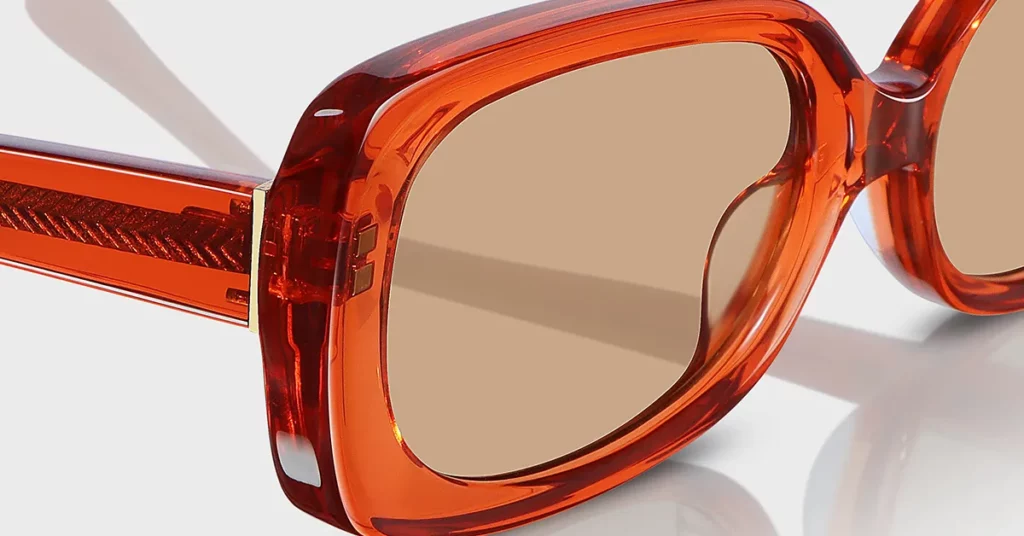
Strategic Recommendations for Your Brand
Synthesizing the science of fit, the craft of acetate, and the reality of the modern market leads to a clear set of actionable recommendations. The core principle is to decouple the technical concept of fit from the aesthetic concept of style, creating a framework that is both more inclusive and functionally superior.
The Fit-First Framework
Your most powerful strategic move is to replace outdated “Men’s” and “Women’s” labels with a data-driven, functional sizing system. This approach is more intelligent and inclusive because it focuses on a customer’s actual physical needs, not their gender identity.
There’s a three-tiered sizing strategy:
- Tier 1: Narrow Fit
- Tier 2: Medium Fit
- Tier 3: Wide Fit
Each category would be defined by a specific range of technical measurements (total frame width, bridge width, temple length) derived from anthropometric data. This allows any customer, regardless of gender, to easily find frames that fit them properly, solving one of the most common consumer pain points.
The Core-and-Capsule Portfolio
Structure your product portfolio to maximize market reach and operational efficiency. A hybrid strategy mitigates the financial risks of overproduction while allowing for creative, fashion-forward designs.
- The Core Collection (70-80% of SKUs): This collection should be built on your Fit-First sizing system (Narrow, Medium, Wide) and marketed as unisex. Focus on timeless, versatile shapes (squares, rounds, aviators) in classic colors (black, tortoiseshell) to create a stable, profitable foundation for your business.
- Capsule Collections (20-30% of SKUs): Supplement your Core Collection with rotating, limited-edition capsules. These provide a low-risk way to experiment with trends and generate marketing buzz. You could launch a “Cat-Eye Capsule” with bold seasonal colors or a “Sustainable Capsule” with innovative new materials.
New Collection Development Checklist
Use this practical checklist to guide the launch of any new acetate eyewear collection and avoid costly mistakes.
✅ Fit and Function:
- Have the frame’s key dimensions been validated against anthropometric data to serve a specific fit category (Narrow, Medium, or Wide)?
- Has the design been evaluated for optical performance, especially with progressive lenses?
✅ Material and Manufacturing:
- Is the choice of acetate aligned with the product’s price point and brand positioning?
- Does your manufacturing partner’s specialty (e.g., intricate inlays vs. high-volume polishing) align with the design?
✅ Portfolio Strategy:
- Are you launching with a lean, focused collection of 3-5 SKUs to test the market first?
- Does this product fit logically as a timeless Core piece or a fashion-forward Capsule item?
✅ Market and Consumer Alignment:
- Does the frame’s shape align with the psychological profile of your target consumer?
- If this is an e-commerce product, does it have a strong, “digitally legible” silhouette?
✅ Brand Narrative:
- Does your marketing leverage the story of acetate’s artisanal craftsmanship to justify its premium price?
- Is the packaging and customer experience consistent with the premium quality of the product itself?

Conclusion
The debate over men’s versus women’s frames is evolving. The future belongs to brands that prioritize the science of fit over the conventions of gender. By building your collection on a foundation of anthropometric data, adopting a smart Core-and-Capsule portfolio, and communicating the unique value of artisanal acetate, you can create a brand that is inclusive, efficient, and highly desirable. At Kssmi, we partner with brands like yours to navigate these complexities and bring your vision for premium eyewear to life.
Frequently Asked Questions
1. What is the single biggest anatomical difference between men’s and women’s faces for eyewear design?
The most critical difference is the pupillary distance (PD). Men’s PD is, on average, 2-3 mm wider than women’s. This measurement is crucial for aligning prescription lenses correctly to avoid eye strain and visual distortion.
2. Why is acetate considered a premium material for eyewear?
Acetate is a plant-based biopolymer known for its unlimited color and pattern depth, hypoallergenic properties, and luxurious feel. Its artisanal, multi-stage production process involves extensive hand-finishing and polishing, resulting in a higher quality and more durable product than mass-produced injection-molded plastic.
3. Is it a bad business decision to still sell “men’s” and “women’s” frames?
Not necessarily, but the market is rapidly moving toward a unisex, fit-based model. A more modern strategy is to replace gender labels with a functional sizing system (e.g., Narrow, Medium, Wide Fit) that serves all customers better. This also reduces inventory risk and improves operational efficiency.
4. What is the most important trend in eyewear right now?
Two major trends are happening at once: a retro revival featuring bold, oversized, and vintage-inspired shapes like the cat-eye, and a push towards sustainability and smart technology, with consumers demanding eco-friendly materials and integrated digital features.
